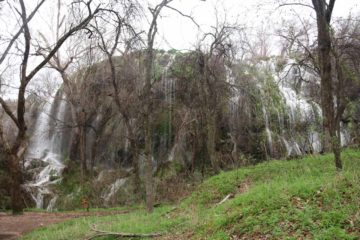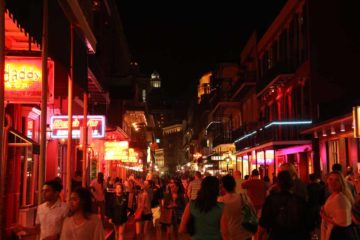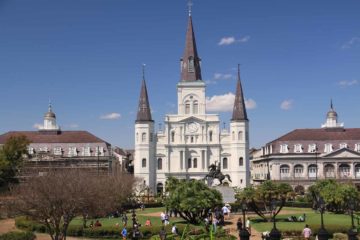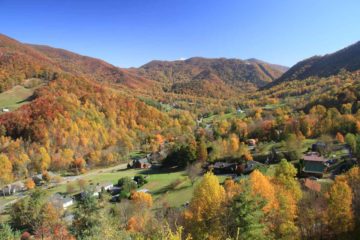About Gorman Falls
Gorman Falls was a very wide waterfall that was a bit difficult to convey in photos just how grand and graceful it was. The photo you see at the top of this page represented only a small portion of the overall size of the waterfall itself. I was fortunate to even have made my visit to this waterfall as it took place during a week of severe storms that caused flooding in many parts of Central and Eastern Texas and especially Northern Louisiana. Luckily, I did the hike during a break in the heavy rain activity so the access to the Colorado Bend State Park was still possible (as the road leading to the northern entrance was prone to flooding). That said, the heavy rains seemed to have rejuvenated the travertine waterfall (reminding me of such waterfalls like Pearl Shoal Waterfall and Nuorilang Waterfall in Jiuzhaigou, China) to the extent that we felt compelled to give it the relatively high score of 3 in scenic rating. Prior to this storm, the falls appeared to have struggled to flow given the unusually mostly dry and warm Winter that much of the Southern United States had experienced in 2016.
I made the visit to Gorman Falls as a detour from the long drive between Fort Worth and Austin. It turned out to be a pretty lengthy detour as the Colorado Bend State Park (which contained the falls) was relatively remote, but it was because it was a bit out-of-the-way from most populated areas that I felt the experience was very naturesque and enjoyable despite the drama of the wet and potentially dangerous conditions. The roughly three-mile hike started from a well-signed and obvious trailhead and car park (see directions below) and meandered onto a mostly flat trail flanked by thin trees and plenty of cacti. The trail itself was on the muddy and slippery side (especially where the trail traversed rocky terrain), but under drier conditions, I’d imagine the footing would be much more secure and the hike itself would be much easier and faster.

After a few minutes along this descent, I reached a point where the trail descended on a rocky slope flanked by cables attached to steel poles. There was a short informal spur leading to a nice view of the upper parts of the Gorman Falls before I started this final descent to the base of the waterfall. Since the surface was very wet during my visit, I had to choose my steps very carefully as it was very slippery. Under drier conditions, this descent would not be as bad as it would appear (we’ve seen much worse than this like the Three Sisters Falls or the Half Dome Cables). During the descent, I could start appreciating the scale of Gorman Falls as the trail started passing before parts of the wide waterfall.
At the bottom of the descent, there was a viewing deck with interpretive signs. But given the amount of foliage growing around the base of the waterfall as well as the overall length of the falls itself, it was difficult to get a clean expansive view of the whole thing. It really was the kind of waterfall where pictures don’t do it justice. Meanwhile, the wide Colorado River ran alongside the canyon I was in, and the trail continued to meander alongside the river though it wasn’t necessary to continue on that path as far as the waterfall experience was concerned. After having my fill of this waterfall, I returned the way I came. Since I was racing against the onset of darkness (where it would be real easy to lose the trail without daylight), I managed to complete this excursion in about 90 minutes. However, I’d imagine that at a more relaxed pace, this experience could easily take upwards of 2-3 hours, especially if you take the other spur trails (which I didn’t have the time to do).
Finally, I have to mention that the presence of the Colorado River confused me because I had always thought that the river originated in the Rocky Mountains and drained to the Gulf of California between California and Arizona passing through places like the Grand Canyon and Canyonlands National Parks, among others. However, it turned out that this particular Colorado River happened to be on a different river system with the same name. This particular river system flowed pretty much in the state of Texas cutting through the Texas Hill Country before passing through the state capital of Austin on its way to the Gulf of Mexico.
Related Top 10 Lists
No Posts Found
Trip Planning Resources
Nearby Accommodations
This content is for members only. See Membership Options.Featured Images and Nearby Attractions
This content is for members only. See Membership Options.Visitor Comments:
Got something you'd like to share or say to keep the conversation going? Feel free to leave a comment below...No users have replied to the content on this page
Visitor Reviews of this Waterfall:
If you have a waterfall story or write-up that you'd like to share, feel free to click the button below and fill out the form...No users have submitted a write-up/review of this waterfall




